

Amazon has this one for $1200. I would still pay the extra for the features over an Applemac.
I can’t help but notice you’ve chosen a laptop with a worse screen (larger panel with lower resolution).
I would choose a larger screen over that marginal difference in dpi every day of the week. People game on TV screens all the time with lower resolution because it is better.
The CPU benchmarks on that laptop’s CPU are also slightly behind the 15" Macbook Air, too, even held back by not having fans for managing thermals.
You cannot compare an app that runs on two different OS. That is just plain silly. Cinebench only tests one feature of a system. That is the CPU to render a graphic. Apple is built around displaying graphics. A PC is a lot more versatile. There is more to a system than one component. Let’s see you run some raytracing benchmarks on that system.
Well, that’s becoming less common. Lots of motherboards are now relying on soldered RAM
I wouldn’t buy one. You will always find some idiotic willing victim. In the future though ram is moving to the CPU as a package, but that will be done for speed gains. Until then only a bloody fool would buy into this.
An apple system has one major benefit over a PC system - battery life. Other than that I would not recommend one, even then I would give stern warnings over repair costs.





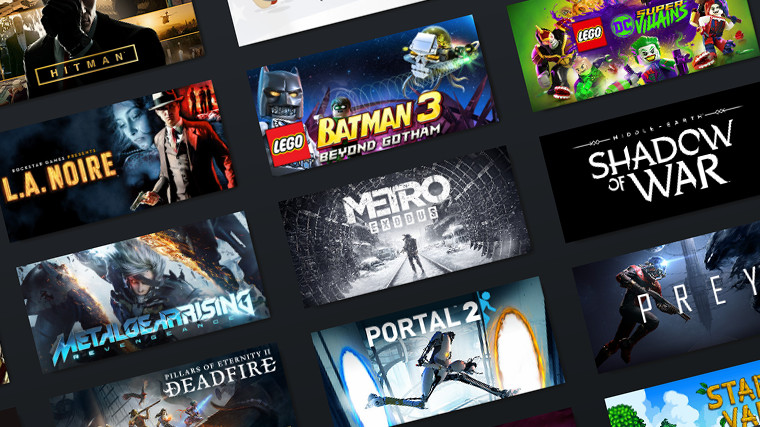
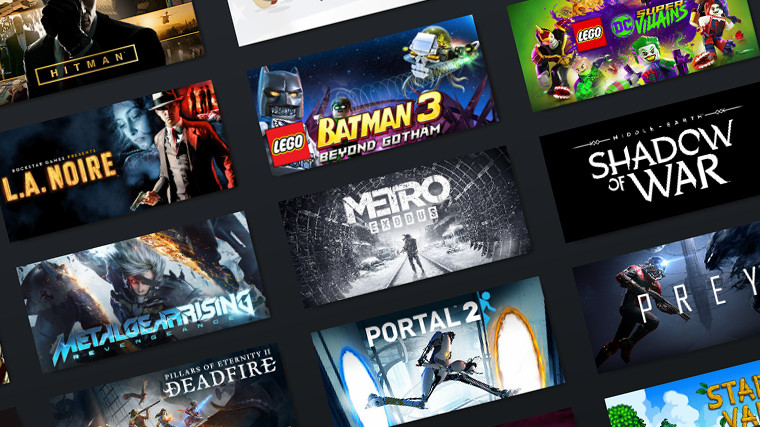
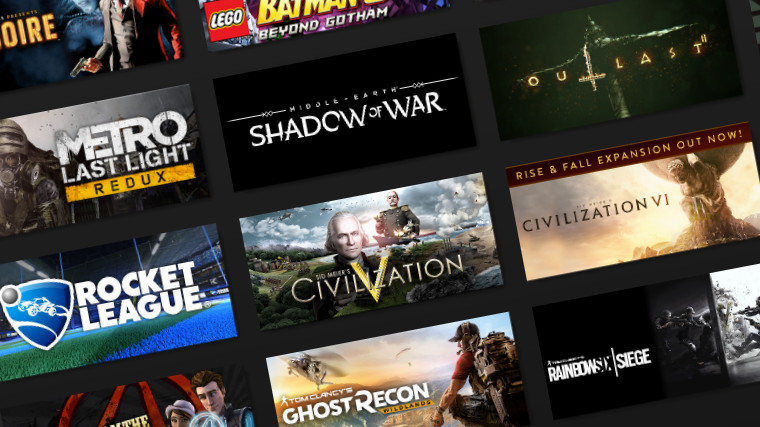

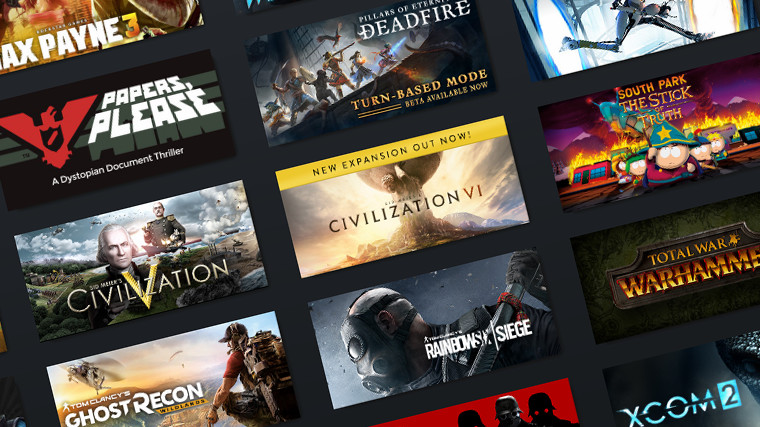
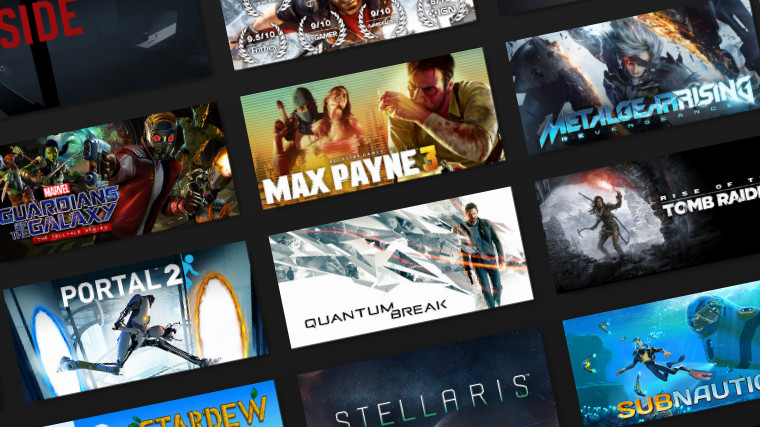



I disagree. It is not only that the hardware is cheaper and a lower spec with the exception of the CPU, the design is geared around making upgrades and repairs near impossible or unfeasible. Software has much more support on a Windows OS. Video editing has been bread and butter for many years now, but Windows has caught up due to improvements in hardware and software. In my mind this negates the case for buying a Mac currently, but I can easily see it was a good buy in the past.
The outlier is Macs are good in battery life. Therefore there is a niche market that is an exceptionally good return on your investment.
Because you cannot use Cinebench unless you are comparing the same system setup. Comparing two OSs is just stupid and cherry picking. Apple has a very trimmed down OS compared to the complexity of Windows. Apple OS dumps the need for legacy code with a closed system designed for specific hardware. Windows still caters for code written for DX CPUs under x86 architecture. This as well as the many other reasons why not. I noticed you ignored my offer of comparing back to back raytracing result, and now fail to even mention it.
You are obviously enamoured by the Apple model, I am not. There really is nothing that you could say that would convince me otherwise. I will wish you good day, and hope you agree to disagree.